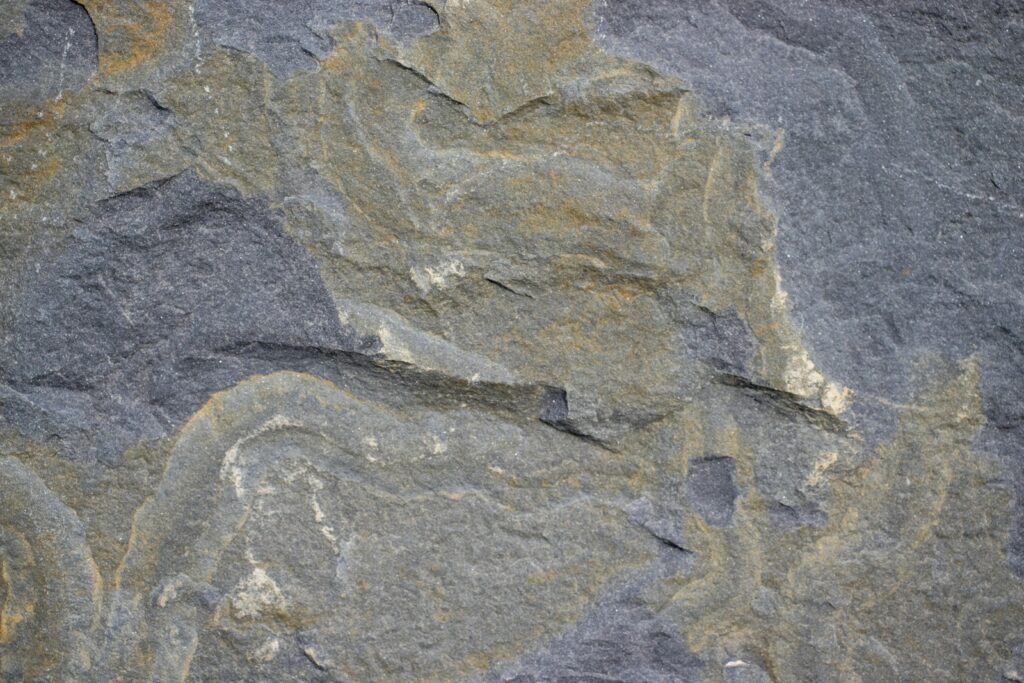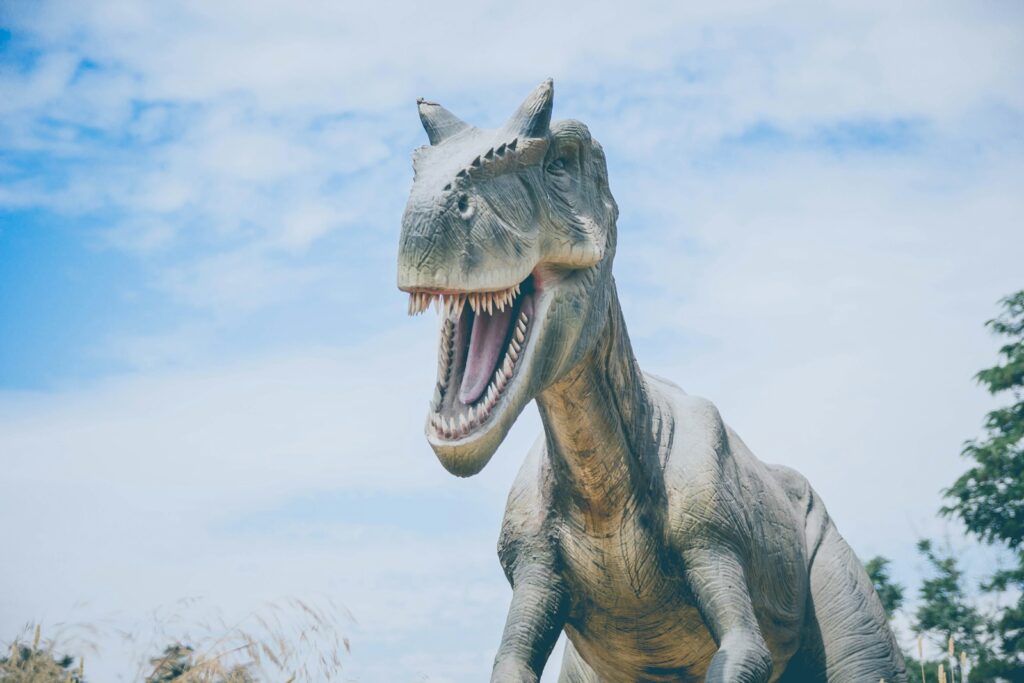When we marvel at dinosaur fossils in museums, we’re looking at the end result of a complex series of natural processes that transformed living organisms into stone. These processes—collectively known as taphonomy—hold crucial keys to understanding dinosaur biology, behavior, and ecosystems. Taphonomy, derived from the Greek words “taphos” (burial) and “nomos” (laws), is the study of how organisms decay, become preserved, and eventually transform into fossils. For paleontologists studying dinosaurs, taphonomy serves as a time machine, allowing them to decode the biological and geological stories hidden within fossilized remains. This scientific discipline bridges the gap between the living dinosaurs that roamed the Earth millions of years ago and the fossil specimens we discover today.
The Science of Death and Decay: Understanding Taphonomic Processes

Taphonomy begins the moment an organism dies and continues through decomposition, burial, fossilization, and eventual discovery. When a dinosaur died, its body immediately became subject to scavenging, weathering, and microbial decomposition. These initial processes significantly influenced which body parts survived long enough to enter the fossil record. Hard tissues like bones and teeth had the best chances of preservation, while soft tissues typically decomposed rapidly unless exceptional conditions intervened. Taphonomists study these processes by examining modern animal remains and conducting controlled decay experiments. By understanding the patterns of decomposition, scientists can better interpret the fragmentary nature of most dinosaur fossils and recognize when unusual preservation conditions have captured rare details.
Fossil Formation: From Dinosaur to Discovery
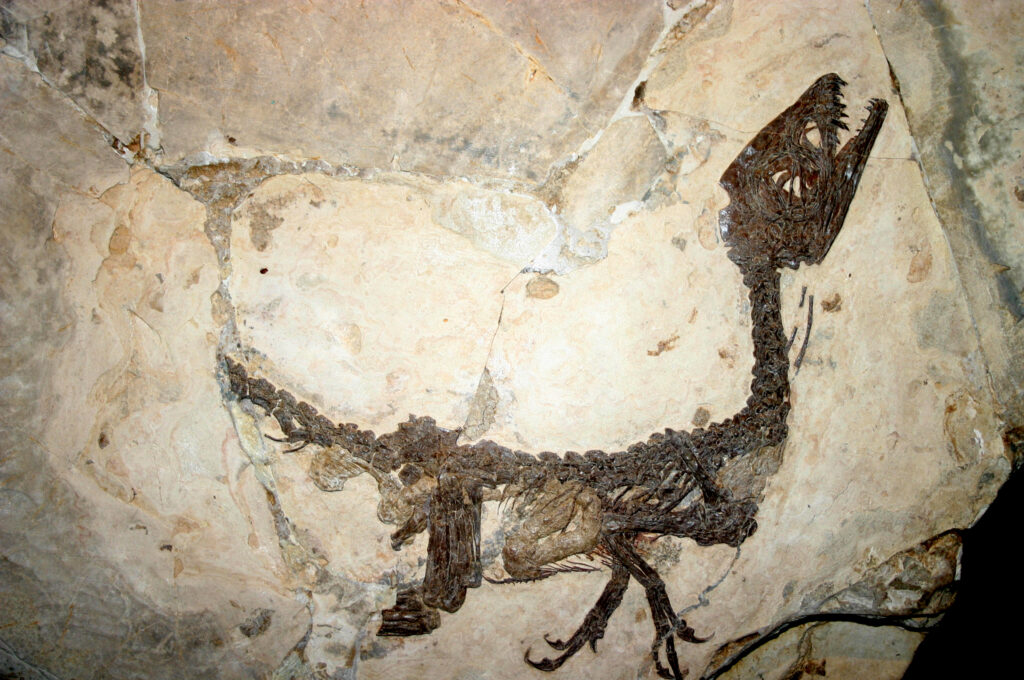
The transformation from dinosaur remains to discoverable fossils involves several geological processes that taphonomists meticulously study. After initial decay, remains needed rapid burial to shield them from further destruction—typically by sediment in rivers, lakes, or from volcanic ash. Once buried, the original organic materials gradually underwent permineralization, where minerals from groundwater replaced the biological structures at a microscopic level. This process could take thousands to millions of years, during which further chemical and physical changes continued to alter the fossils. Geological forces might then elevate these buried treasures, exposing them through erosion for paleontologists to find. Understanding each step in this chain helps scientists recognize biases in the fossil record and develop methods to account for them when reconstructing dinosaur biology.
Taphonomic Biases: What’s Missing from the Dinosaur Record?
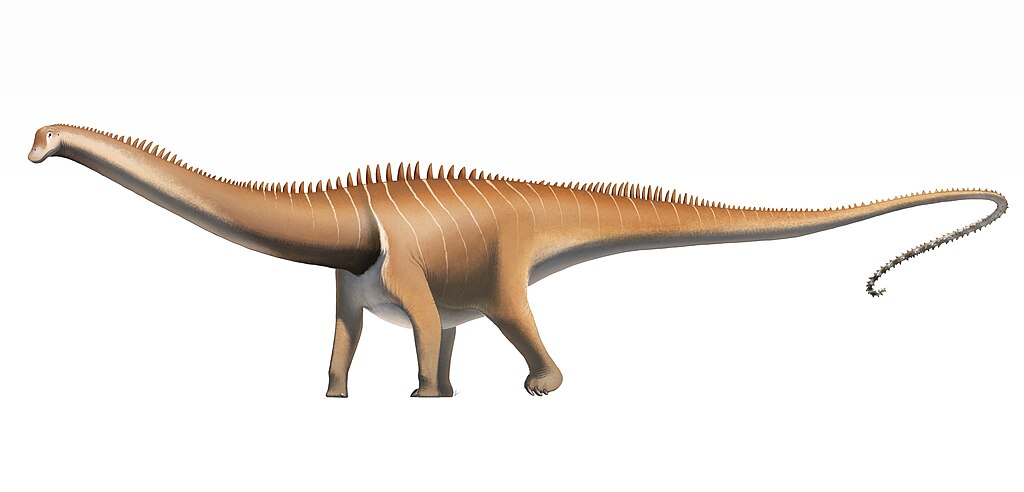
The fossil record presents a highly filtered version of prehistoric reality due to taphonomic biases. Certain environments, like acidic bogs or high-energy river systems, rarely preserved dinosaur remains, creating geographical gaps in our knowledge. Size bias means larger dinosaurs were generally more likely to be preserved than smaller species, whose delicate bones decomposed more easily or were completely consumed by scavengers. Temporal bias affects our understanding as well—some geological periods have more exposed fossil-bearing rocks than others, creating the illusion of sudden evolutionary changes. Even within a single skeleton, differential preservation means skull bones or limbs might survive while vertebrae or ribs disappeared. Recognizing these biases allows paleontologists to distinguish genuine patterns in dinosaur evolution from artifacts of preservation.
Bonebeds: Mass Death and Dinosaur Behavior
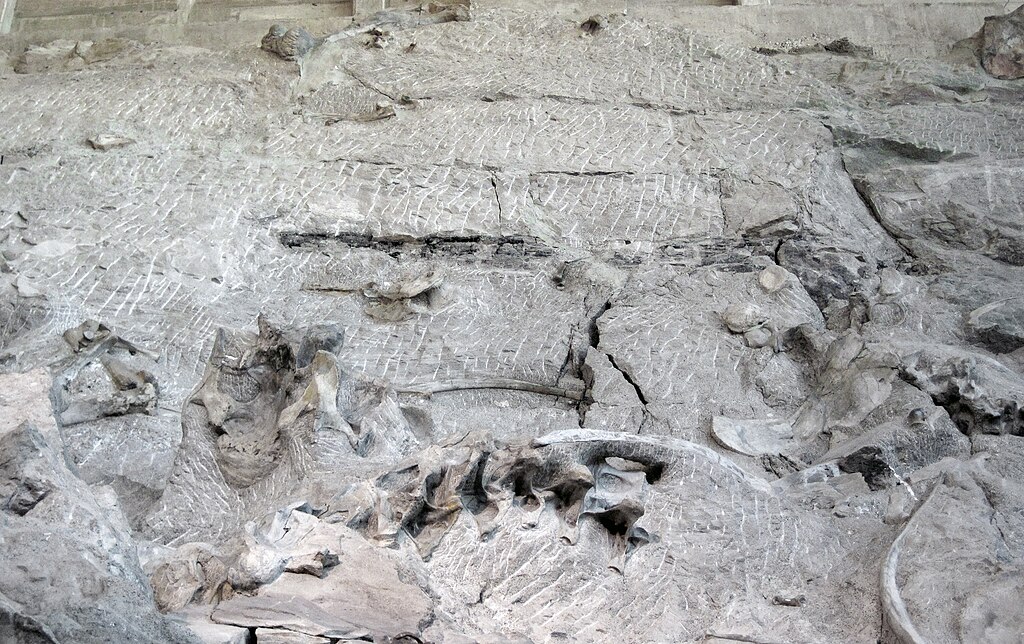
Among the most informative taphonomic scenarios are dinosaur bonebeds—sites containing multiple individuals preserved together. These mass accumulations can reveal crucial information about dinosaur social behavior and population dynamics. Taphonomists carefully analyze whether bones were deposited simultaneously (suggesting catastrophic events like floods or droughts) or accumulated gradually over time. The orientation of bones, their degree of articulation, and signs of weathering all provide clues. For instance, the famous Centrosaurus bonebeds in Alberta, Canada, preserve hundreds of individuals that apparently died together during flooding events, providing strong evidence for herding behavior. Similarly, sites containing multiple Tyrannosaurus rex specimens help scientists determine whether certain predators exhibited social behaviors or merely congregated around abundant food sources.
Trace Fossils: Dinosaur Behavior Written in Stone
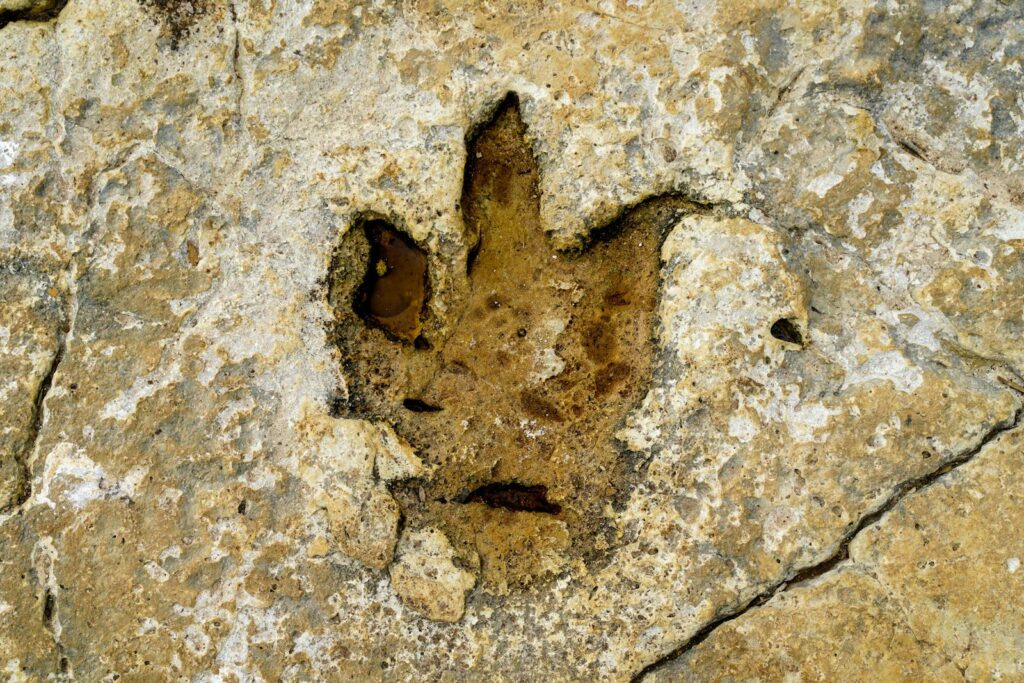
Beyond body fossils, taphonomy examines trace fossils—preserved evidence of dinosaur activity, including footprints, nests, burrows, and feeding marks. These behavioral remnants undergo their own taphonomic processes that influence their preservation. Footprints, for instance, required specific conditions to form and preserve, typically involving dinosaurs walking across moist substrates that subsequently hardened before being buried. Trace fossils often capture moments in time that body fossils cannot, revealing locomotion patterns, feeding behaviors, and reproductive strategies. The extensive trackways at sites like the Morrison Formation show multiple dinosaur species using the same areas, potentially at different times. Taphonomists analyze the sedimentology surrounding these traces to reconstruct ancient environments and understand how behavioral evidence became preserved.
Exceptional Preservation: Windows into Soft-Tissue Biology

While most dinosaur fossils preserve only bones, rare taphonomic conditions occasionally capture soft tissues, offering unprecedented insights into dinosaur biology. The most spectacular examples include dinosaurs with preserved skin impressions, feathers, stomach contents, and even original biomolecules. These exceptional fossils result from unusual preservation pathways such as rapid burial in fine-grained sediments, mineralization by unique groundwater chemistry, or deposition in oxygen-poor environments that inhibit decomposition. The feathered dinosaurs of China’s Jehol Biota, preserved in lake sediments with periodic volcanic ash falls, revolutionized our understanding of dinosaur appearance and evolution. Taphonomists study these exceptional preservation environments to identify the precise conditions that allowed such remarkable preservation and seek similar geological settings for future discoveries.
Taphonomy and Dinosaur Coloration
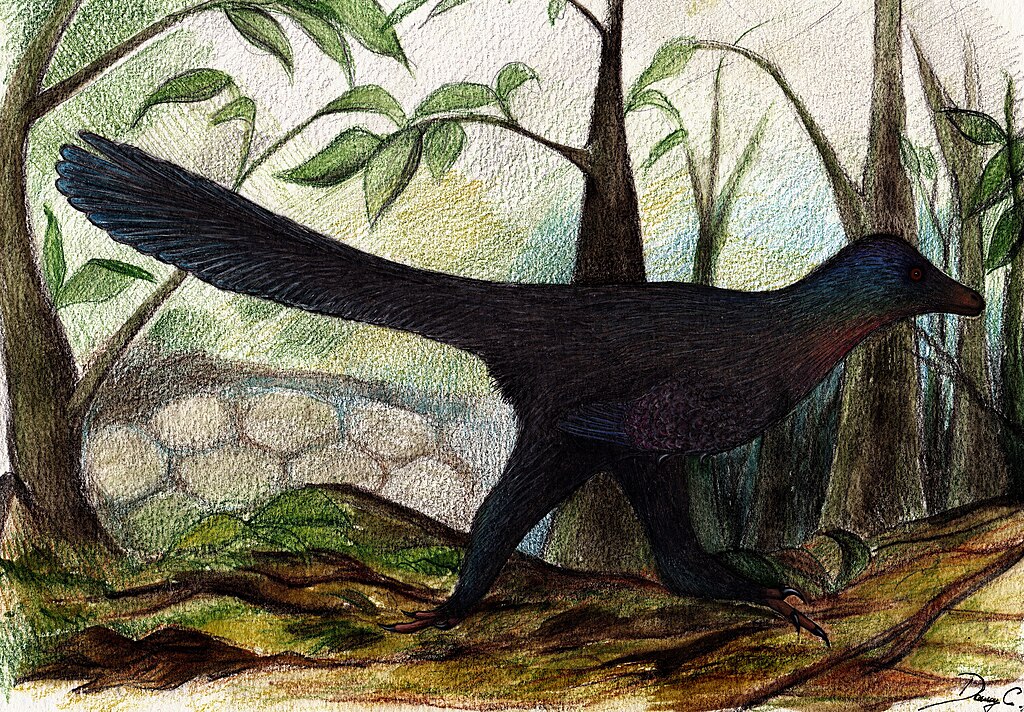
Until recently, the colors of dinosaurs remained entirely speculative, but taphonomic studies have now cracked this code in certain fossils. The exceptional preservation of melanosomes—microscopic structures containing pigments—in some feathered dinosaur specimens has allowed scientists to determine original coloration patterns. This preservation required extraordinary taphonomic conditions that protected these delicate cellular structures from decomposition. By comparing these ancient melanosomes with those in modern birds, paleontologists have reconstructed the reddish-brown crest of Sinosauropteryx and the iridescent black feathers of Microraptor. These discoveries were only possible through taphonomic understanding of how such delicate structures could survive fossilization. The field continues to develop new techniques for identifying other potential color-bearing structures and understanding the taphonomic pathways that might preserve them.
Dinosaur Diet and Digestion: Taphonomic Clues
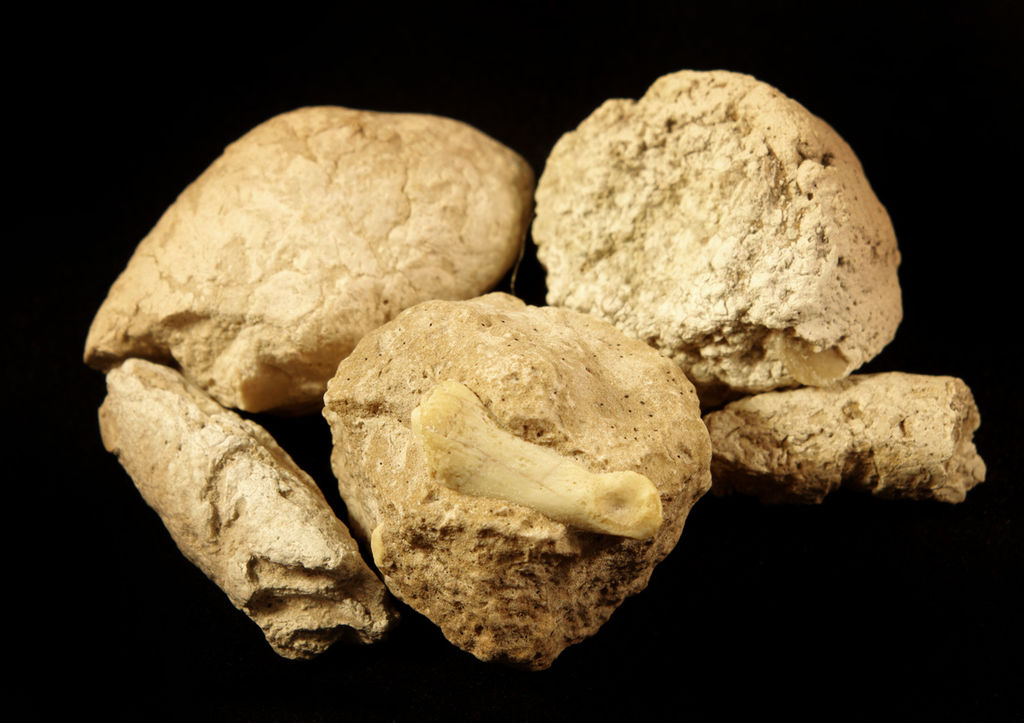
Taphonomy provides valuable insights into dinosaur diets through the study of fossilized stomach contents, coprolites (fossilized feces), and feeding traces. For stomach contents to fossilize, rapid death and burial must have occurred before digestion was complete—a rare taphonomic scenario that has nevertheless been documented in several specimens. The Microraptor specimen containing bird remains in its abdominal cavity and the Baryonyx with fish scales in its ribcage represent such exceptional preservations. Coprolites require their own specific taphonomic conditions to preserve, typically involving rapid mineralization in environments rich in calcium phosphate. Taphonomists analyze the degree of digestion visible on bones within coprolites to understand dinosaur digestive efficiency. Additionally, tooth marks on bones can reveal feeding behaviors when taphonomists distinguish them from damage caused by trampling, scavenging, or transportation after death.
Experimental Taphonomy: Recreating Dinosaur Fossilization

Modern taphonomists don’t simply study finished fossils—they actively recreate fossilization processes through experimental work. These controlled experiments involve burying modern animal carcasses or bones in different sediment types, subjecting them to various temperature and pressure conditions, and even accelerating mineral replacement processes in laboratory settings. Such experimental approaches have revealed how quickly different dinosaur bones might have decayed, how feathers deform during burial, and how specific minerals interact with organic tissues. One notable experiment demonstrated how blood vessels could be preserved through iron fixation from hemoglobin, explaining the occasional preservation of soft tissues in Tyrannosaurus rex specimens. By understanding these processes, paleontologists gain important context for interpreting the fossil record and recognizing preservation artifacts that might otherwise be mistaken for biological features.
Dinosaur Growth and Development Through Taphonomic Lenses
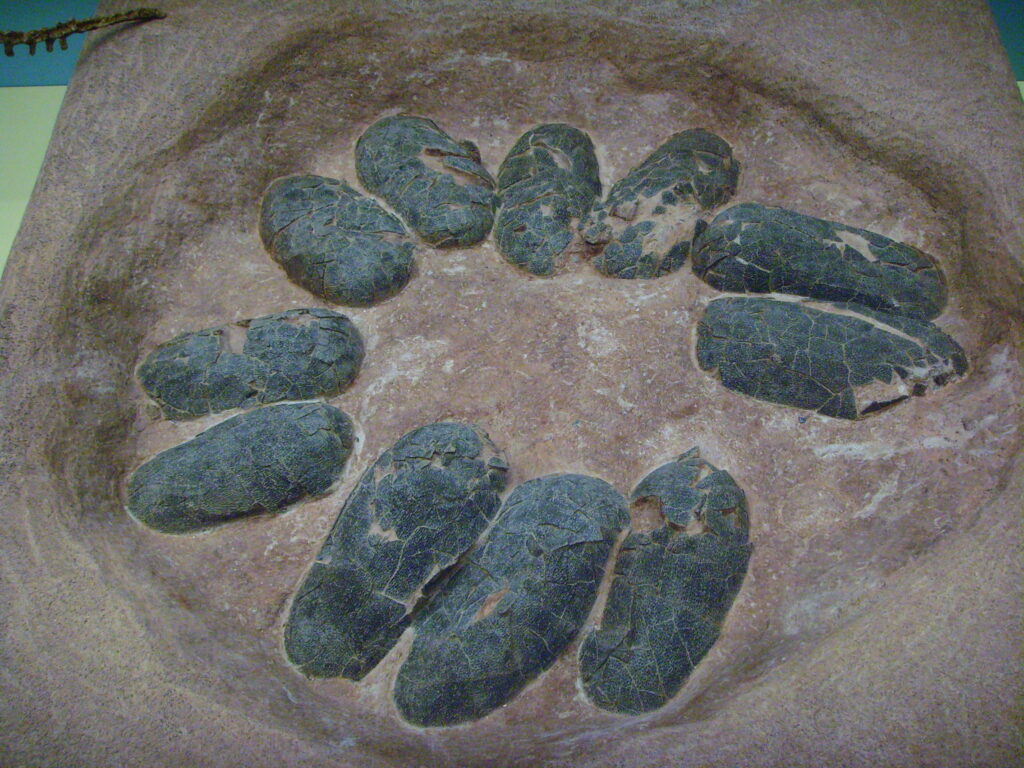
The study of dinosaur ontogeny—how individuals grew from hatchling to adult—relies heavily on taphonomic understanding. Growth series of a single dinosaur species are extremely rare in the fossil record due to taphonomic biases that work against the preservation of juvenile specimens. Young dinosaurs had smaller, more delicate skeletons that decomposed more easily and were more likely to be completely consumed by predators. Additionally, growth-related features can be altered during fossilization, with porous, fast-growing bone sometimes becoming crushed or distorted. Taphonomists must disentangle true growth patterns from preservation artifacts when studying dinosaur development. The few exceptional cases where multiple growth stages have been preserved, such as in Maiasaura from Montana, often resulted from catastrophic burial events that preserved entire populations, highlighting how taphonomic processes influence our understanding of dinosaur life history.
Paleoenvironmental Reconstruction Through Taphonomic Analysis

Taphonomic studies provide crucial context for reconstructing the environments in which dinosaurs lived. The sediments entombing fossils contain evidence of ancient landscapes, from river systems to coastal plains to deserts. Taphonomists analyze sediment grain size, composition, and structure to determine precisely how and where remains were deposited. The degree of weathering on bones before burial indicates climate conditions, while the presence of abrasion might suggest transportation by water. Chemical analyses of the surrounding matrix can reveal ancient water chemistry, salinity, and oxygen levels. These environmental contexts help explain dinosaur adaptations and ecological relationships. For instance, the preservation of numerous dinosaurs in ancient river deposits of the Hell Creek Formation suggests these waterways were important features in Late Cretaceous ecosystems, attracting diverse dinosaur species that became preserved when floods buried their remains in sediment.
The Future of Dinosaur Taphonomy: New Technologies and Approaches

Taphonomic research continues to evolve with emerging technologies that reveal previously invisible aspects of fossilization. Advanced imaging techniques like synchrotron radiation, micro-CT scanning, and scanning electron microscopy now allow scientists to examine the microscopic structure of fossils without destructive sampling. These methods have revealed preserved soft tissues and cellular structures in specimens previously thought to contain only mineralized bone. Chemical techniques including Raman spectroscopy and pyrolysis-gas chromatography mass spectrometry can identify traces of original organic compounds that survived fossilization. Mathematical modeling and simulation now help taphonomists understand complex processes like bone transport in water or the collapse of decomposing carcasses. As these technologies advance, they promise to extract even more information from existing fossils while guiding paleontologists toward geological formations with the highest potential for exceptional preservation.
Taphonomy and the Dinosaur Extinction Event

The Cretaceous-Paleogene mass extinction that eliminated non-avian dinosaurs 66 million years ago presents unique taphonomic challenges and opportunities. The boundary layer containing evidence of this catastrophic event has been intensely studied through taphonomic approaches to distinguish genuine extinction patterns from preservational artifacts. Scientists examine whether the apparent sudden disappearance of dinosaurs reflects a true rapid extinction or is influenced by the “Signor-Lipps effect,” where sampling biases make gradual extinctions appear sudden in the fossil record. Taphonomic studies of this boundary layer have revealed evidence of extensive wildfires, massive tsunamis, and acid rain following the Chicxulub impact, all of which would have affected preservation potential. The rarity of dinosaur fossils in the few centimeters of rock directly below the boundary layer has been debated as either a taphonomic artifact or evidence of dinosaur decline before the impact. Understanding these taphonomic processes remains crucial for accurately reconstructing Earth’s most famous extinction event.
Taphonomy stands as the essential bridge between living dinosaurs and the fossils we study today. By decoding the complex physical, chemical, and biological processes that transform a dinosaur from a living creature to a museum specimen, taphonomists provide critical context for all paleontological interpretations. From revealing biases in the fossil record to uncovering rare glimpses of soft tissues, coloration, and behavior, taphonomic research continues to enhance our understanding of these magnificent prehistoric creatures. As new technologies and experimental approaches develop, the field promises to extract even more information from existing fossils while guiding researchers toward discoveries with the potential for exceptional preservation. Through taphonomy, we gain not just static snapshots of ancient bones, but dynamic insights into the lives, environments, and ultimate extinction of dinosaurs—a scientific lens that brings these magnificent creatures ever more vividly into focus.

